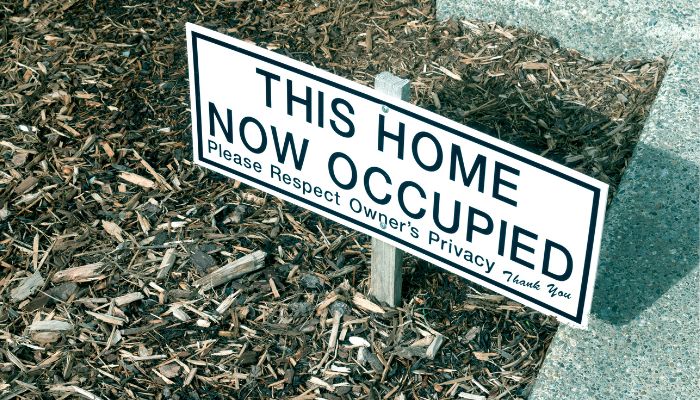
Australia’s rental markets continue be a great ordeal for many tenants — vacancy levels remained at their lowest level, marking its fourth month at 0.8%.
According to Domain Research, the record-low vacancy rate was driven by both capital cities and regional areas, which both posted vacancy rates below 1% at 0.8% and 0.9%, respectively.
Interestingly, however, many capital cities posted a slight gain in vacancy rates — only Darwin reported a tightened vacancy rate from 0.9% in March to 0.7%.
Here are the changes in vacancy rates in April 2023:
Overall, vacant rental listings are down 18.2% annually, driven by the drops in Sydney and Melbourne.
While most capital cities are starting to see improvement in rental listings over the year, they all remain “firmly locked in favour of landlords.”
Below is a table showing the volume and change in rentals over the month:
Remote buying spells bad news for rental markets
New research from MCG Quantity Surveyors showed that remote investing, which has accelerated for the third year running despite easing pandemic restrictions, could potentially spell bad news for some of the tightest rental markets.
According to the research, the average distance between where landlords live and where they invest reached 857 kilometres for the year to February 2023, up from 559 kilometres in November 2021 and 294 kilometres in the pre-pandemic period to January 2020.
MCG Quantity Surveyors managing director Mike Mortlock said there was a possibility that once restrictions eased investors would choose to invest in properties closer to where the live.
“Instead, the opposite has happened. Investors have embraced remote investing and are now entirely comfortable with securing property assets in the best possible markets regardless of location,” he said.
Mr Mortlock said this should be concerning for rental markets where anti-landlord legislation has been introduced such as in Brisbane.
“Remote buying lets investors vote with their dollars when it comes to legislative changes in the tenancy space, expect those jurisdictions which introduce anti-landlord/pro-tenant/high-tax legislation to feel the sting of even further reduced investor participation,” he said.
Recently, the Queensland government introduced a rent limit, which will only allow landlords to increase rents once per year.
“Our data indicates these regions should be looking to entice more investment from right across the nation, not discourage it through anti-investor rhetoric and ongoing restrictions that favour tenants over landlords,” Mr Mortlock said.
-
Photo by PhilAugustavo on Canva.